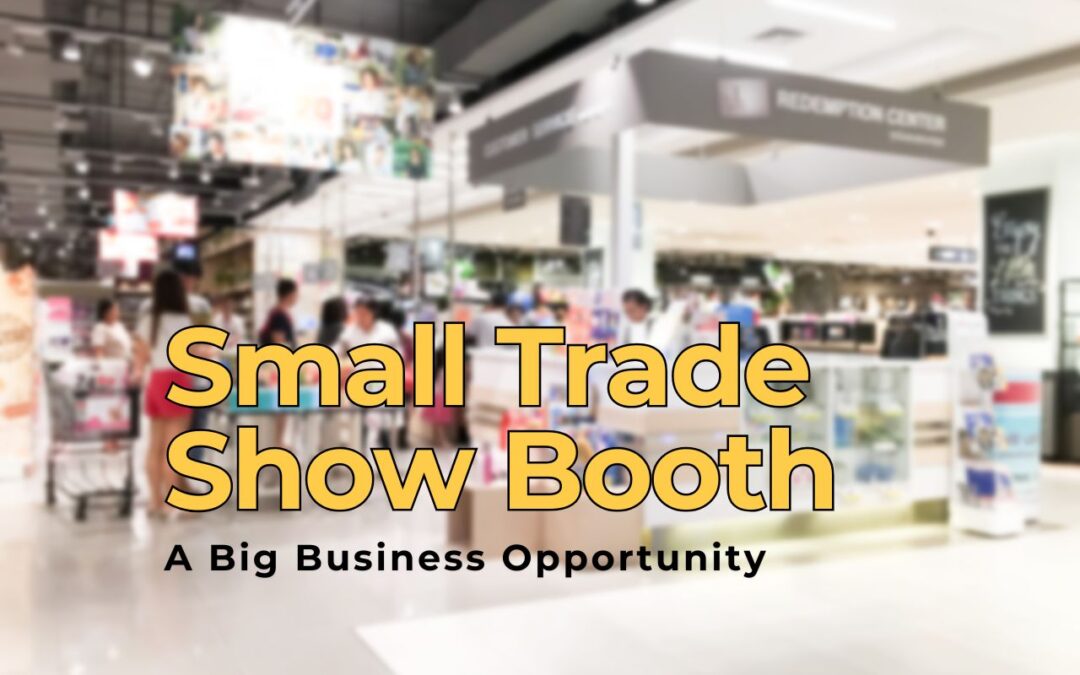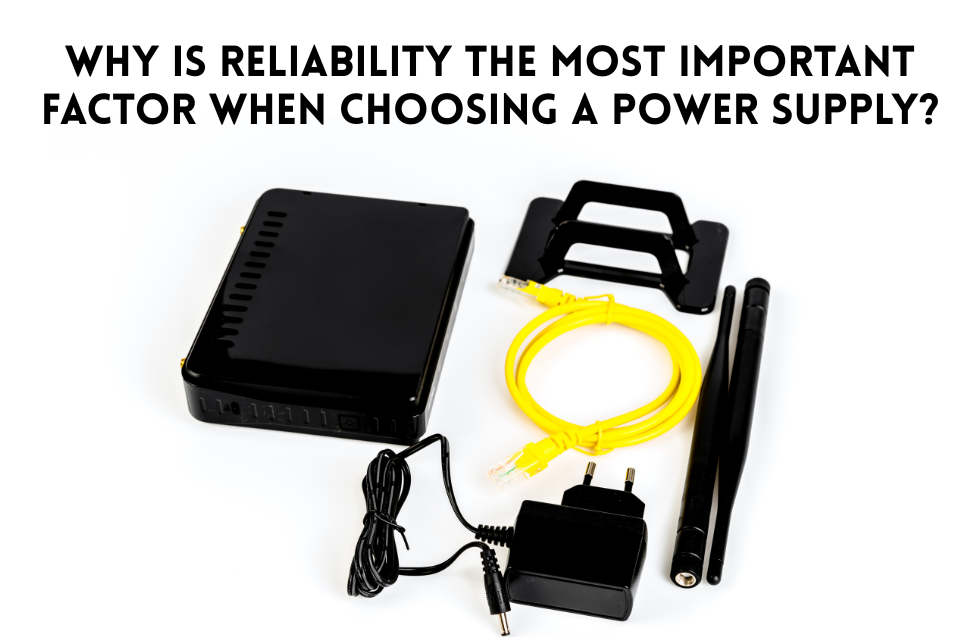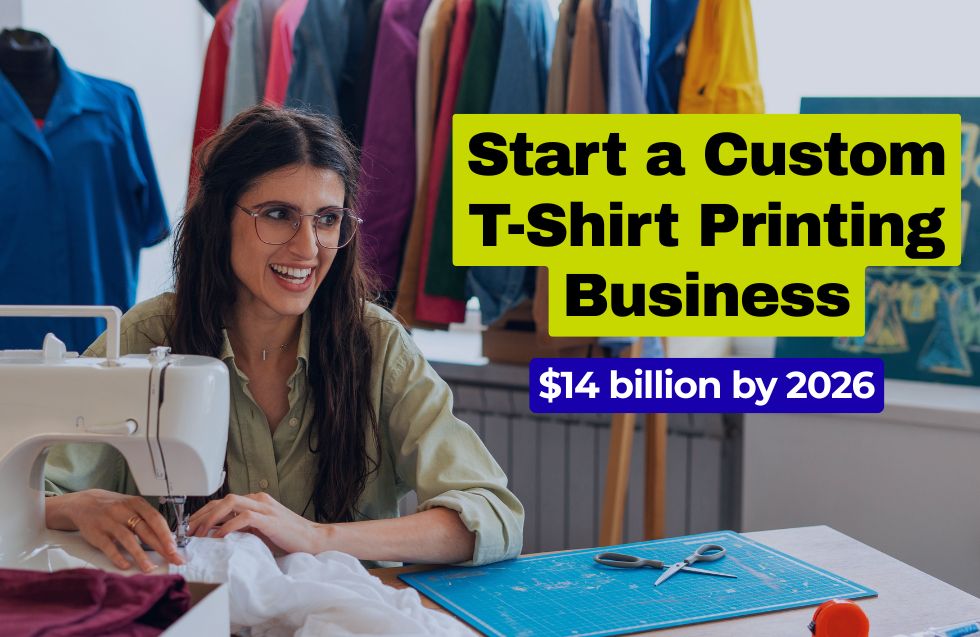Participating in a trade show is a powerful way to gain visibility, meet prospects face-to-face, and generate valuable leads. But many small businesses, startups, or even solo entrepreneurs worry that a small trade show booth may not deliver enough impact to justify the investment. The reality is quite the opposite—if approached strategically, a modest booth can open doors to significant business opportunities. It’s not about how big your booth is; it’s about how smartly you use it.
This blog explores proven strategies and insights to help you maximize every square inch of your booth and convert foot traffic into long-term business growth.
Understanding the Real Power of a Small Booth
Smaller booths naturally come with limitations—space constraints, fewer visual elements, and a tighter budget. However, they offer flexibility, force you to get creative, and demand that you focus on what truly matters: connection. At large events, attendees can easily become overwhelmed by overstimulation. A smaller, focused booth can provide a calm, inviting contrast to the larger, louder setups and draw in genuinely curious prospects.
Step 1: Define Clear Goals Before You Book Your Booth
Before even registering for a trade show, set measurable and realistic goals. These could include:
- Generating a specific number of qualified leads
- Setting appointments with potential distributors or clients
- Conducting product demos or presentations
- Increasing brand awareness in a new region or market
When you define your objectives clearly, every decision—from booth design to staffing—aligns with achieving those goals. Clarity keeps you from getting distracted by trade show noise and helps focus your limited space and resources.
Step 2: Design a Purpose-Driven Booth Layout
A smaller space doesn’t have to feel cramped or underwhelming. The key is to make it functional, welcoming, and visually engaging. Here’s how to make it work:
- Minimize clutter: Only include essential elements such as a branded backdrop, a product display (if applicable), and a compact table or stand.
- Use vertical space: Since your floor space is limited, make use of vertical displays for signage or visuals that can be seen from a distance.
- Create visual flow: Guide visitors through a clear path or experience, even in a small area. This could be a quick demo, a digital presentation, or a conversation starter.
Every detail should enhance the visitor experience and push toward your goal, whether it’s educating them about your brand or initiating a conversation that continues after the event.
Step 3: Craft an Irresistible Message
Your value proposition should be obvious the moment someone glances at your booth. In trade show environments where everyone is competing for attention, you need a concise and compelling message.
- Focus on a single problem you solve better than anyone else.
- Use large, clear fonts to communicate your message from afar.
- Avoid jargon or buzzwords. Be direct, human, and benefits-focused.
Make sure your booth messaging is consistent with your brand voice and aligns with the pain points of your target audience. A smaller booth has no room for confusion—clarity is your greatest asset.
Step 4: Leverage Pre-Show Marketing
Your booth’s impact shouldn’t start on the day of the trade show. A successful trade show experience begins weeks or even months in advance.
- Reach out to your existing email list to announce your attendance and booth number.
- Schedule meetings with prospects or contacts who will be attending.
- Post sneak peeks or teasers on your social channels.
- Partner with the event organizers to get included in their promotional content.
The more buzz you create before the event, the more likely it is that your small booth will be on people’s radar before they even walk through the doors.
Step 5: Train Your Team to Convert Conversations into Opportunities
Your booth staff—whether that’s you alone or a small team—are the true drivers of success. In a small space, every interaction must be meaningful.
- Practice a short elevator pitch that covers who you are, what you do, and how you can help.
- Use open-ended questions to engage booth visitors and learn about their needs.
- Don’t immediately jump into a sales pitch; start a dialogue.
- Train your team to quickly identify qualified leads and capture their contact details efficiently.
Most importantly, your team should be personable, attentive, and prepared to deliver an authentic experience that stands out from the often transactional feel of trade show interactions.
Step 6: Offer a Strong Lead Magnet or Interactive Element
Even with a small booth, offering something of value can draw people in. This could be:
- A unique giveaway aligned with your brand
- A mini-game or quiz related to your industry
- A product demo with hands-on interaction
- A downloadable guide or free consultation in exchange for contact info
The goal is to spark engagement. When people participate, they’re more likely to remember you and follow up.
Step 7: Focus on Relationship Building, Not Just Selling
Trade shows aren’t just about sales. They’re about initiating relationships that can evolve into partnerships, referrals, or future clients. In a small booth setting, you have an opportunity to create more intimate, meaningful conversations.
- Listen more than you speak.
- Take notes on each interaction to personalize follow-ups.
- Avoid high-pressure tactics and instead aim to educate and inform.
By treating every visitor as a potential long-term connection—not just a quick sale—you lay the groundwork for sustainable business growth.
Step 8: Follow Up Relentlessly After the Event
The real value of a trade show comes from what you do after the event ends. Many businesses fail to follow up effectively and miss out on golden opportunities.
- Send personalized emails within a few days of the event.
- Mention specific details from your conversation to stand out.
- Offer additional value—such as a free resource or invitation to a webinar.
- Schedule calls or demos promptly if requested during the show.
The follow-up process should be systematic and persistent. Use the momentum of the face-to-face connection to build trust and advance the business relationship.
Step 9: Evaluate and Learn for Next Time
After the trade show, take time to assess the outcomes versus your goals. Ask yourself:
- How many leads did we collect?
- How many turned into meetings, sales, or partnerships?
- What worked well at the booth? What didn’t?
- What feedback did we receive from attendees?
This analysis will help you improve for future events and refine your strategy. With every trade show you attend, even with a small booth, you gain experience and insight that compound over time.
Step 10: Turn Every Connection into a Network
Beyond leads, trade shows offer access to a broader ecosystem of suppliers, media representatives, investors, and collaborators. A small booth doesn’t limit your reach—it can be your launchpad into networks that open up new markets or revenue streams.
- Introduce yourself to other vendors and exchange business cards.
- Attend networking events or panel sessions linked to the trade show.
- Connect with speakers and organizers.
- Be active on event hashtags or social channels to increase visibility.
Your booth is just one part of a larger web of opportunity. By thinking beyond the square footage and tapping into the energy of the event, you unlock new doors.
Conclusion: Think Big, Start Small, Act Strategically
Having a small trade show booth is not a limitation—it’s a canvas for creativity, focus, and strategic action. With clear goals, compelling messaging, strong engagement, and diligent follow-up, even a modest setup can yield major business wins.
Ultimately, what defines your success at a trade show isn’t the size of your space. It’s the size of your vision.
By turning every interaction into a story, every visitor into a lead, and every moment into a relationship-building opportunity, you transform a small trade show booth into a big business opportunity that continues to deliver value long after the event ends.













